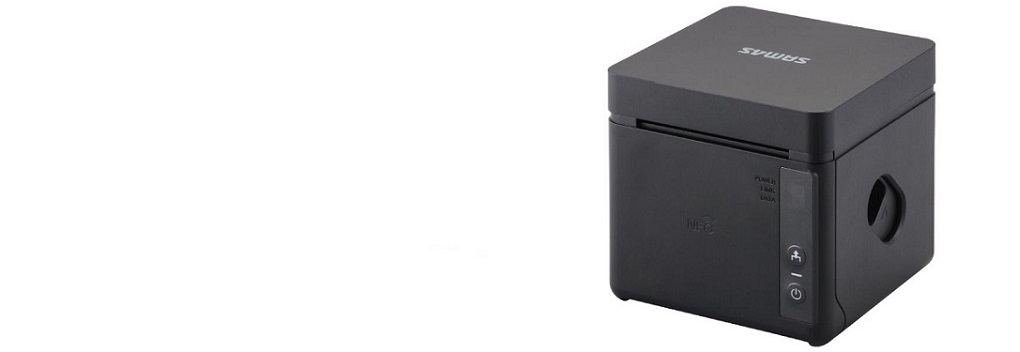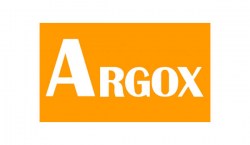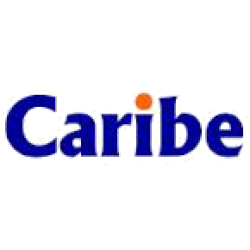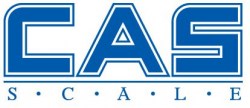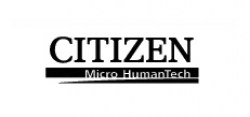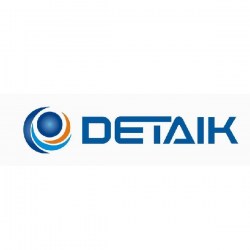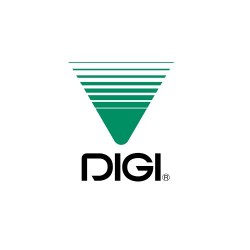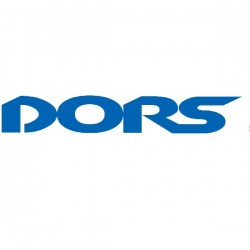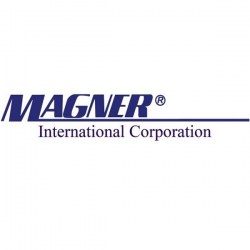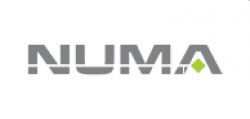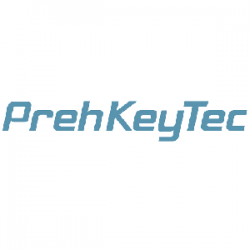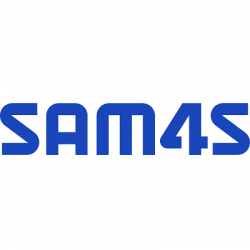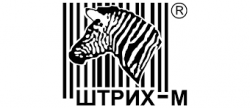Consumers hate to wait. In fact, several studies over the past few years have quantified how frustrating it is for consumers to wait to check out at a retail store. There are various types of solutions that exist to help manage queues. Let’s review those here before discussing the trade-offs.
Handheld or mobile POS —Handheld POS devices typically have complete POS functionality. A number of devices are now available that can scan as well as accept payment. Many devices have internal scanners and accept card payments directly on the device. Using payment directly on the unit can avoid shrink problems between the scan and payment, and allows customers to forgo completing the queue.
Small footprint POS —POS manufacturers generally offer smaller footprint hardware platforms. There is the potential to place a complete POS platform on a mobile cart to add additional lanes in the store in a flexible and very small footprint. A cart would provide more workspace for scaling items and deactivating security tags.
Self-checkout —Self-checkout platforms are getting smaller, particularly those that accept debit and credit payments only. With a bit more space, full payment options are an option as well. Self-checkout allows retailers to manage the peaks and valleys of customer arrivals to the front end while keeping labor relatively steady.
In-aisle scanning —In-aisle scanning involves the customer picking up a hand-held wireless scanner when entering the store, and then using that scanner to scan items as they are placed into the cart or basket. The transaction is suspended and then resumed at either the POS lane or self-checkout lane where tendering and bagging is completed.
Tender station —Tender stations enable the payment portion of the transaction to be completed by the customer, allowing the cashier to scan and process the items. This is a hybrid between self-checkout and traditional POS registers.
Non-technology methods —A low-tech way of queue busting can occur in department and specialty stores where item preparation (manual) tasks often represent a significant part of the overall transaction time. For example, store personnel can take items off the hangers, remove security tags, fold, and get the customer’s items ready for the cashier at the POS terminal.
Traditional “queue busting” —Traditionally queue busting has meant the use of a relatively small handheld device by store staff to scan all of the items in a customer’s basket, suspend the transaction, and the customer would then pay the regular cashier by following the queue. The idea is that using these handheld scanning devices shortens the time spent by customers at the point of sale, in turn increasing overall front-end throughput.
Store assistants equipped with mobile computers and printers scan the bar code on products in customers’ baskets while they queue at the register. After all items have been scanned with the handheld computer, a receipt is generated on a mobile printer that is clipped to the store assistant’s belt.
The receipt includes a text listing of all items, the total due, and a two-dimensional (2D) bar code that serves as a master record of all the goods in the transaction. When the customer reaches the checkout counter the cashier simply scans the 2D bar code and all the purchased items are automatically recorded in the point-of-sale system without having to scan each item individually. Customers can make the checkout process even faster by checking the receipt they receive from the mobile printer and having their money ready when they arrive at the cashier. The cashier then takes the payment and a queue buster packs items into a bag to save more time at the checkout.
Retailers can further improve the return on investment from their mobile transaction systems by using a mobile printer which can also print labels. In this case, the printer can be used for multiple applications such as shelf labeling, inventory inquiries and item marking on the retail floor, as well as receiving, inventory counting and other back-room applications. Mobile transaction systems can even benefit businesses which aren’t usually burdened by long queues because they save valuable store space, make staff more efficient and can make it convenient to process bulky items, customer returns or special promotions with minimal changes to store layout and operations.
Queues often spilled out of stores during the holiday season, making it difficult for shoppers to reach merchandise. Retailers implement a different style of queue-busting application to maximize space in its stores. There is a queue-busting application which provide complete payment processing so customers never had to reach the checkout counter. Mobile printers with integrated credit card readers connected by cable to a wireless handheld computer that used to scan bar codes on merchandise and to run a mobile POS application. Customers present their credit card for payment to be swiped through the card reader on the printer. The information is encrypted and sent over a wireless LAN to the store transaction processing system for authorization. Authorizations process in seconds and the clerk could complete the checkout transaction.
Retailers are able to process more customers per hour and see a corresponding rise in sales. In addition, retailers benefited by having their employees on the store floor to answer questions, rather than being stationed behind a cash register.
There are several operational considerations to take into account before selecting a queue management solution tailored for your retail environment. The categories to consider include technology, process, layout, customer service and staff training.
Floor space/layout & basket size - A queue-busting solution could work well in a small basket size situation—with a maximum of eight items. Unless there is a special bagging area established in front of the register, or a mobile cart with bagging space in which items are placed into bags. It is important to consider the operational aspects of a queue-busting solution. Will the attendant have an extra basket or cart to move unscanned items into after they are scanned? This will require additional space. Customers are accustomed to queuing in certain ways in stores, and any adjustments will need to be simple and clear to avoid impact on the current queuing structure.
Training Store personnel —Store associates who run the queue busting need to be properly trained on the technology and be able to handle customer questions.






